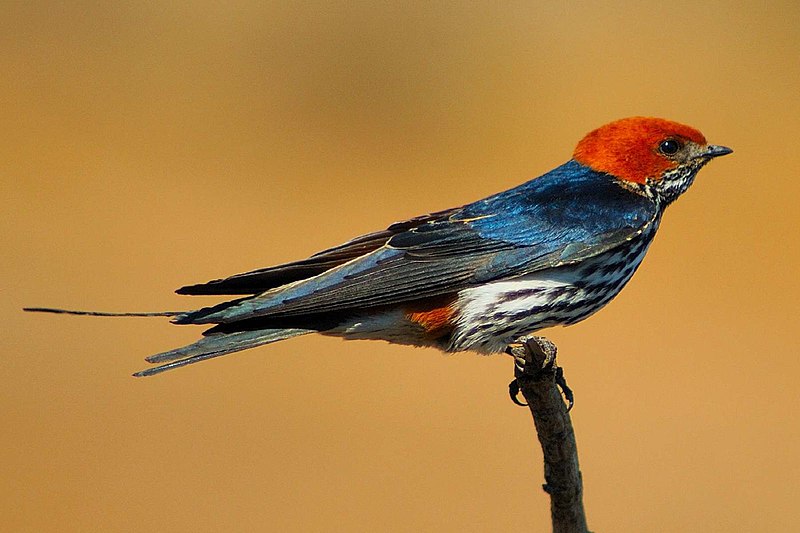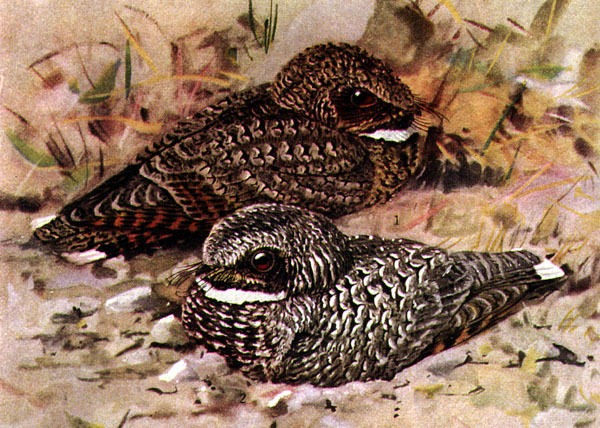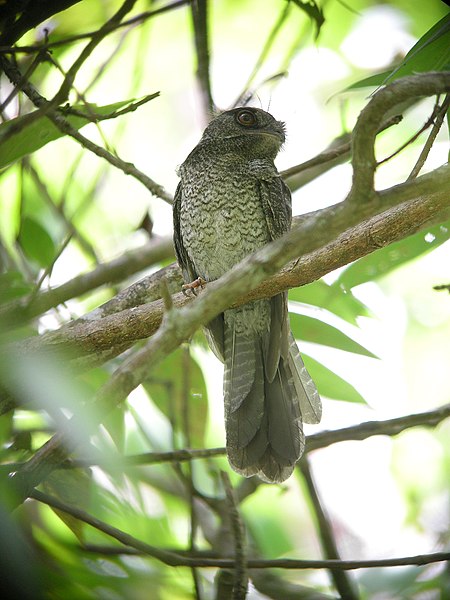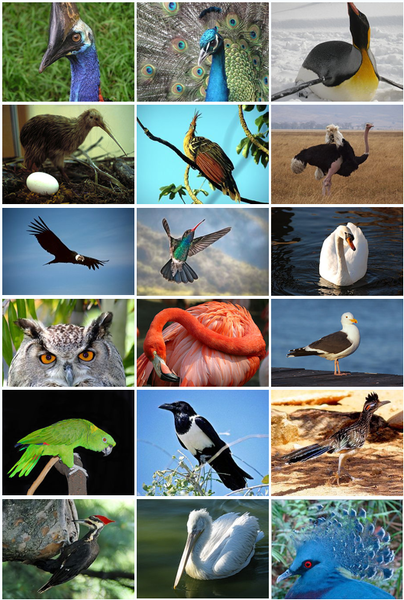Some bird species are unusual in their sleeping habits. Scroll down to find out their bizarre sleeping habits.
1.) Vernal Hanging Parrot
A few parrots of the genus Loriculus like the Vernal Hanging Parrot, are unique in their sleeping style. These birds roost by hanging upside down which make them unique among birds for this peculiar position of sleeping.
2.) American Flamingo
American Flamingos and many other bird species have unique sleeping style. These birds tuck their head into their back when sleeping. These birds bend their heads over their backs and tuck their bills in their back feathers when sleeping. While other species place their beaks among their breast feathers.
3.) Lesser Stripe Swallow
Many perching birds like the Lesser Stripe Swallows have a tendon locking mechanism that helps them hold on to the perch when they are asleep.
4.) Swift
Swifts are among the few animals in the world with the most peculiar sleeping habit. These birds are believed to be able to sleep in flight and radar observations suggest that they orient themselves to face the wind in their roosting flight. Don’t imitate these birds especially if you are driving.
5.) Common Poorwill
The only known species of bird that enters a state of hibernation is the Common Poorwill, a nocturnal bird that can be found from British Columbia down to Mexico.
6.) Owlet-nightjar
Some hummingbirds, owlet-nightjars, nightjars and woodswallows go into a nightly state of torpor accompanied with a reduction of their metabolic rates.
7.) Quails and Pheasants
Pheasants and Quails, including many other ground birds, roost in trees.
8.) Numerous Birds
Many birds rest on one leg, while some may pull up their legs into their feathers, especially in cold weather.
Some birds have also demonstrated the capacity to fall into slow-wave-sleep on one hemisphere of the brain at a time. The birds tend to exercise this ability depending upon its position relative to the outside of the flock. This may allow the eye opposite the sleeping hemisphere to remain vigilant for predators by viewing the outer margins of the flock.
See also







